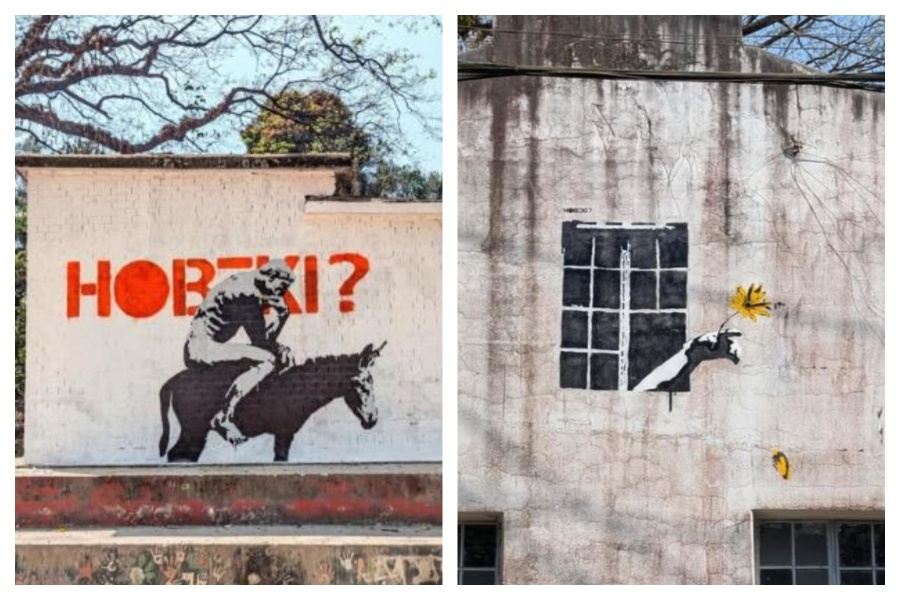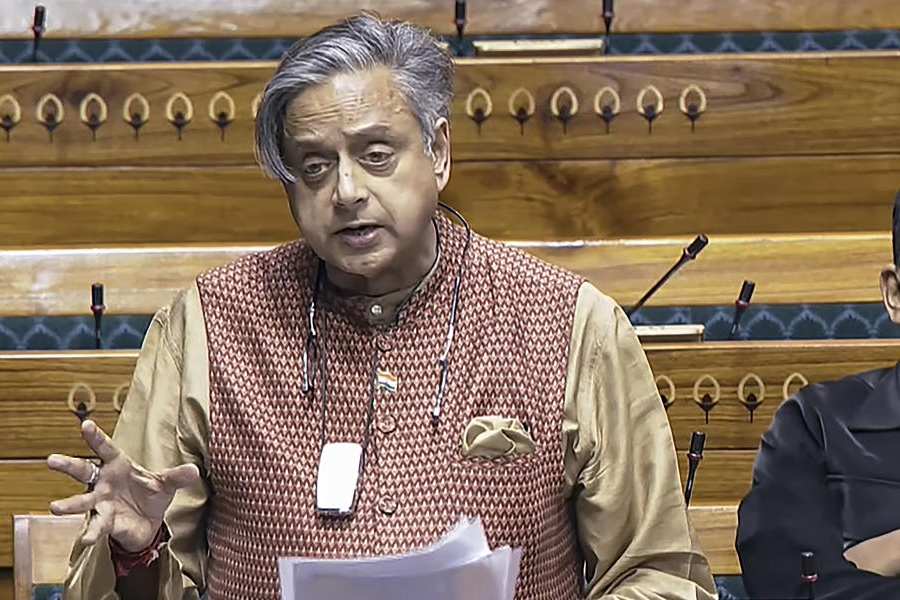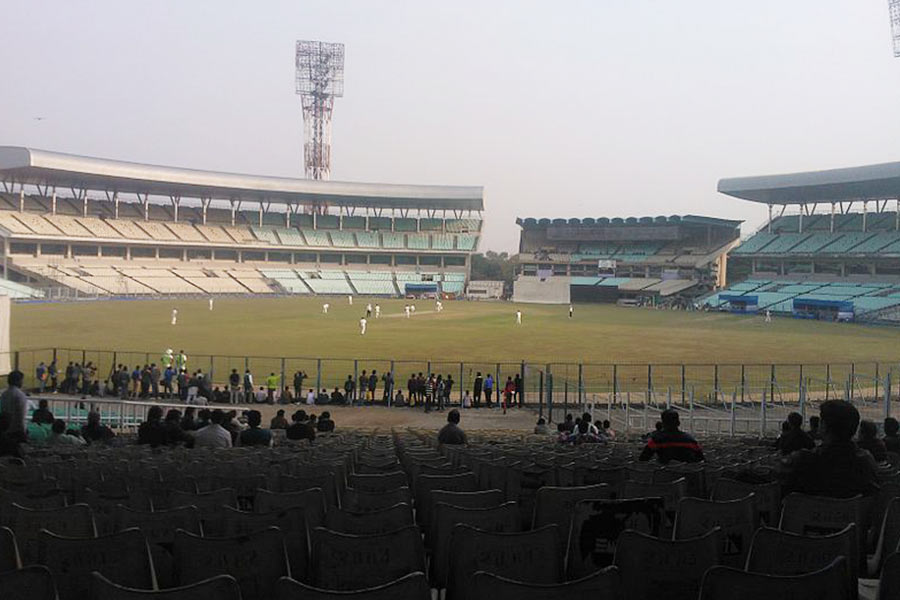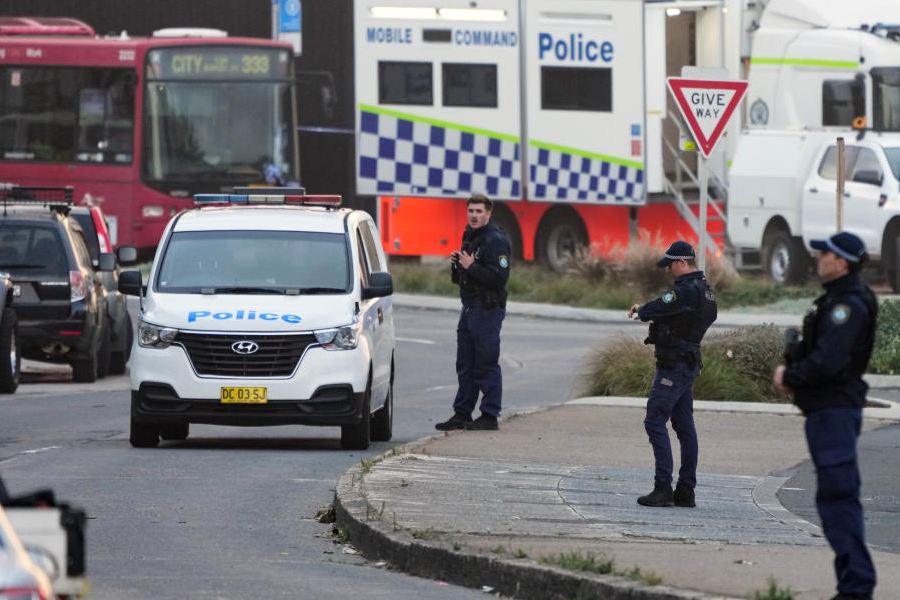After many months, a new Hobeki graffiti appeared in Bangladesh on March 7, on an abandoned wall in Chittagong’s CRB (Central Railway Building) area. It depicts not Subodh, who is the hero of the Hobeki series but The Thinker riding a donkey.
The 19th century French artist Auguste Rodin originally conceived a smaller version of the sculpture now known as The Thinker to “sit atop his monumental bronze portal entitled The Gates of Hell”, according to the Rodin Museum website. The figure was meant to represent Italian poet Dante Alighieri “pondering The Divine Comedy, his epic story of Paradise and Inferno”.
The Hobeki series, which appeared for the first time in 2017, has always spoken to Bangladesh’s political situation. A section of Bangladeshi youth active on social media continues to hail Subodh as a romantic hunted figure representative of subodh, which is the Bengali word for good sense.
From across the border, here in India, the now infrequent Hobeki graffiti can be read as “notifications” or alerts in an unravelling political narrative.
The last Hobeki graffiti appeared on August 6, 2024, the day after Sheikh Hasina fled Dhaka. It shows Subodh with a crown on his head. The site of the visual was Dhaka University.
The Facebook group Hobeki Graffiti Fans posted the latest visual with the words: “Abar kotha bole uthlo deoal… The wall came alive again (sic).” A week before it appeared, the big news out of Bangladesh was the formation of the new National Citizen Party by Nahid Islam who resigned days ago from Muhammad Yunus’ interim government.
No apparent connection with the drawing, just a political punctuation of sorts. Addressing cheering crowds on March 5, Nahid Islam said, “During the July revolution there were slogans of ‘Who will be the alternative?’ Today, with this new party, we are offering the alternative.”
Back to the visual. The bare arched back of the nude Thinker covers two of the letters of the word Hobeki written across the white wall in capital letters in bright red with the talisman question mark at the end.
Rodin had written of his Thinker: “he thinks not only with his brain, with his knitted brow, his distended nostrils and compressed lips, but with every muscle of his arms, back, and legs, with his clenched fist and gripping toes”. Hobeki’s ashen nude looks like a deliberate poor imitation. The artist has transferred more agency to the stoic donkey painted in black.
Faisal Arefin, who has been tracking Hobeki graffiti the past some years, has shared on the wall of Hobeki Graffiti Fans: “Wondering how given the present situation what kind of courage it takes to draw such a bold visual. Only Hobeki can do such a thing.”
Another Facebook user Abdullah Al Shakib writes, “Perhaps it is pointing to the fact that our country’s intellectuals and thinkers’ hopes are riding a donkey now. Wherever the donkey takes us, that is our destination.” Atahar Tanzid says, “Mockery of intellectualism.” Naushad Ehsanul Huq writes, “Bastobota.” Meaning, reality. Ravel Raju has posted a picture of the wall and written, “the shared consciousness of the 2024 revolution lies under such narratives that do not say a word but mean a great deal”. Saiful Arefin comments, “The graffiti legend is back. Subodh gets on a wall when the wall gets dangerous.” And Irfan Ahmed Khan writes, “Bharatke Chattogram diye dilei hoy, tai na?… Why not give away Chattogram to India. No?” (The port city of Chittagong is also known by the name Chattogram.) And on the Instagram page of Hobeki, Tanya Kamrun Nahar borrows from Ritwik Ghatak’s Jukti Takko Aar Gappo to say: “Bhabo, bhaba practise koro”. Meaning, practise thinking.
In yet another comment, Arefin reminds Hobeki’s audiences of a lost Bengali phrase. Cliveer gadha means the donkey belonging to Robert Clive who was the first governor of the Bengal Presidency. Otherwise suggesting a lackey or an obsequious person, the descriptor was apparently originally meant for Mir Jafar.
No one seems to be asking after Subodh. One wonders, has he quit Hobeki’s canvas for good? Is the listless Thinker the alternative?
Just then, as if on cue, a new Hobeki graffiti flowers, in Badsha Mia Lane, also in Chittagong. A painted window and an outstretched hand holding what looks like a yellow hibiscus.
Hobeki has even painted a lone fallen petal like a teardrop. Subodh’s?










